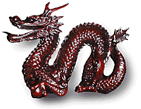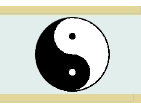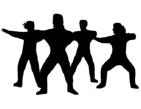
HOME
In addition to being one of the main branches of Chinese kung fu, Tai Chi Chuan is well known as effective practice for stress reduction and health improvement.
internal Chinese martial arts) has a long tradition. In the 1930's Yang style became extemely popular as a set of health exercises. Many of the students of Yang style from this period have developed their own separate styles, Dong, Cheng Man Ching styles and so on. Yang style split from Chen style in the late 1800's. The Sun, Wu, and Wu/Hou styles arose from either Yang or Chen styles, or both. The Chen family style Taichichuan originated with ninth generation family member Chen Wang Ting in the middle of the 1640's about the time of the fall of the Ming Dynasty. Before the emergence of Chen style Tai Chi Chuan, there was another practice associated with the Taoist temple of Wudang mountain. Some people think that the emphasis on five styles of Taijiquan predates Chen style -- all the way back to Tai Chi practices derived from breathing exercises recorded as drawings going back at least as far as 200 BC.
BENEFITS OF PRACTICE
Tai Chi has sometimes been described as joint yoga because of the character of the movements. Tai Chi has elements of Qigong, standing and moving meditation. As a martial art, Tai Chi Chuan is built on balance, body structure, relaxation and patience. It is also built on "chi" ("qi") which might be described as the unifying component ("intention") that integrates the physical (substantial - e.g., body) and the nonphysical (insubstantial - e.g., mind).
At high levels Tai Chi Chuan is an extremely effective martial art, but it can take a very long time to learn. These and other aspects of Tai Chi make the practice of Tai Chi Chuan a life style choice rather than a crash course of self-defense techniques or quick fix set of health exercises.


